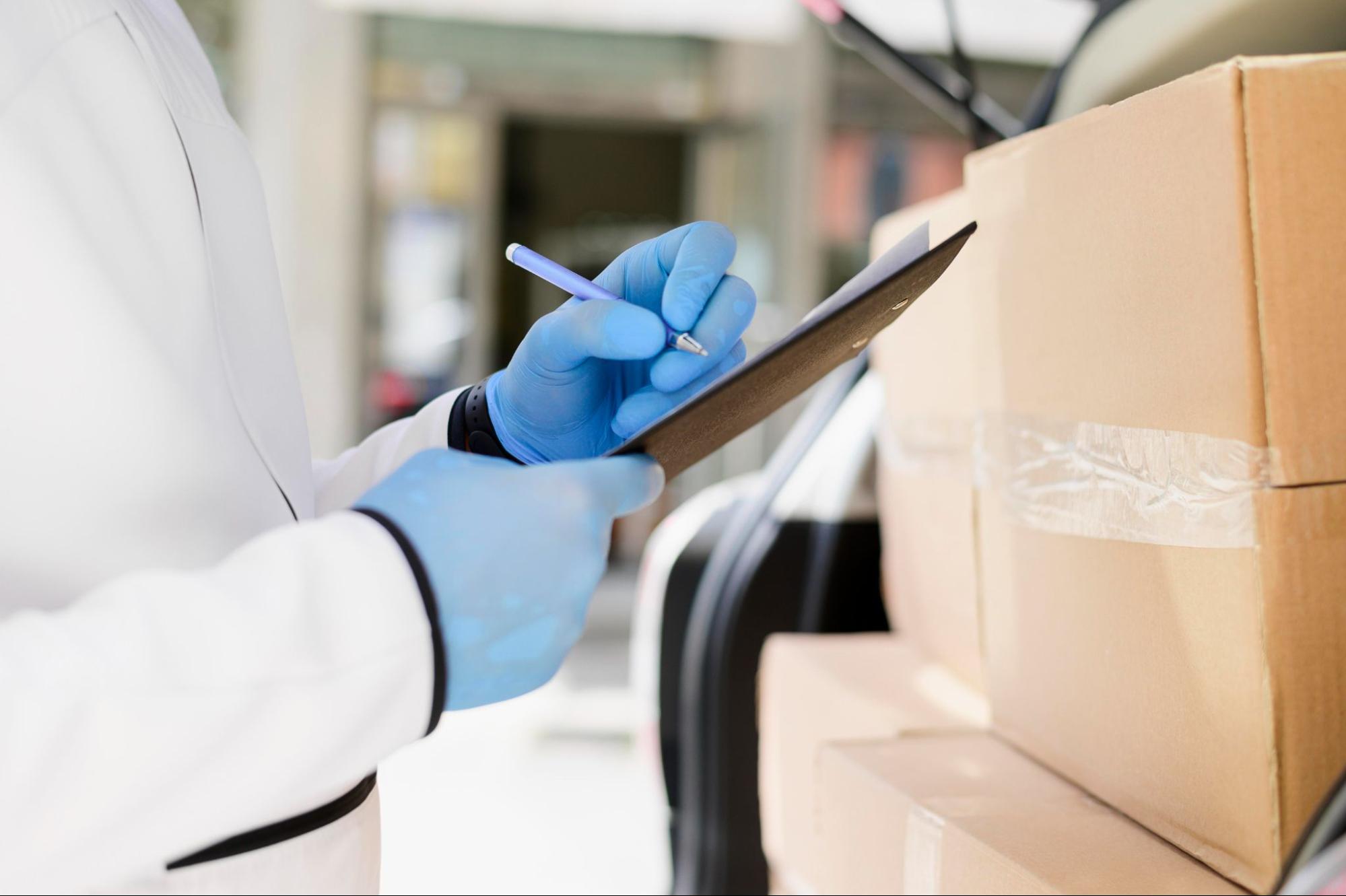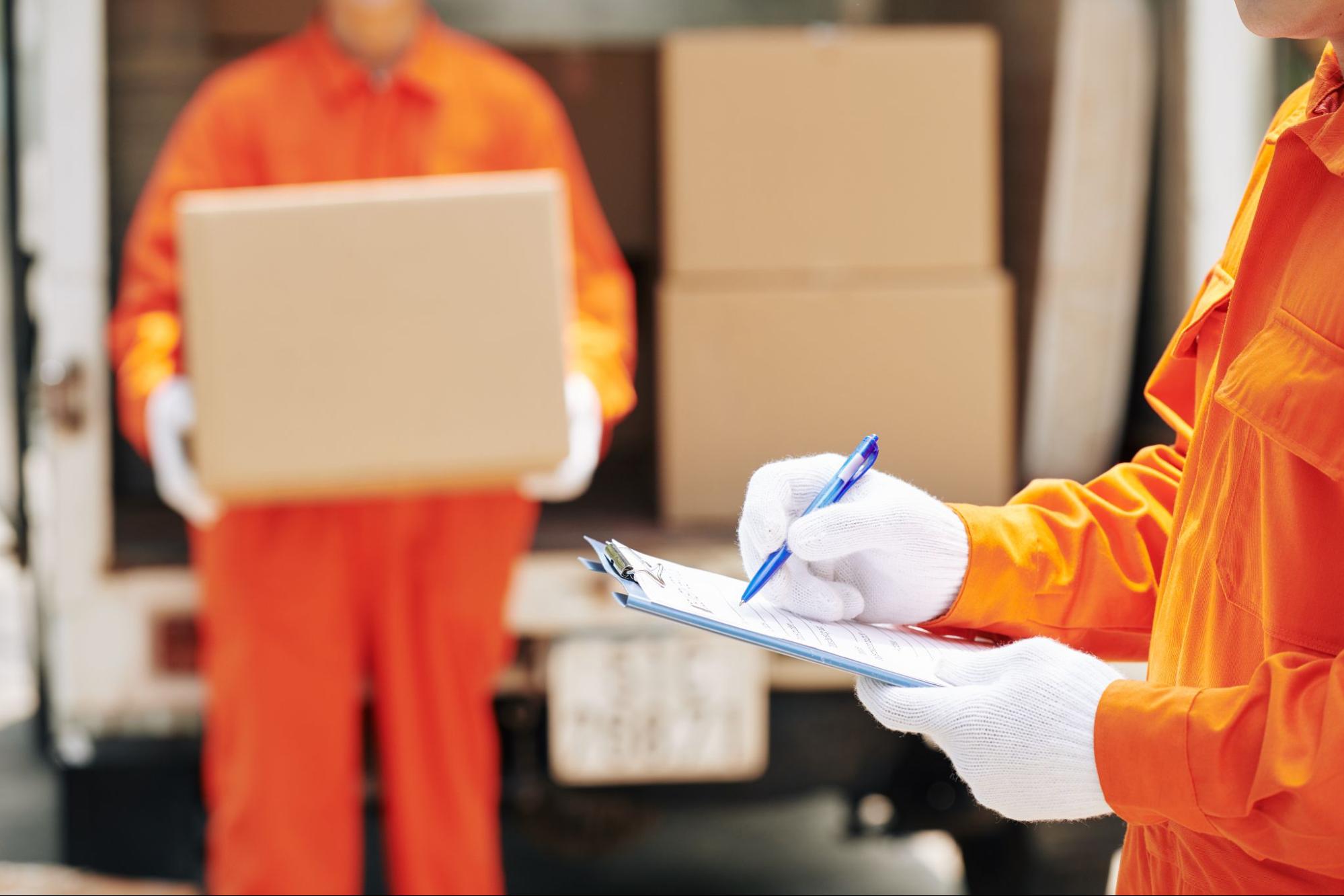
Relocating a lab or industrial setup isn’t your average move. We’re talking about sensitive lab equipment, heavy machinery, and strict compliance protocols. Whether it’s a research lab, pharma facility, or a manufacturing plant, one wrong move (literally!) can lead to costly downtime or damage.
So, how do you make sure everything goes smoothly? Let’s walk you through the best practices for laboratory and industrial equipment relocation, the smart, safe, and efficient way.
1. First Things First: Know What You’re Moving
Before you even think about packing, conduct a pre-move equipment audit. This gives you a clear picture of:
- What needs special handling (like cleanroom equipment or hazardous materials)
- Which items need calibration after relocation
- What can be moved as-is, and what needs dismantling
- Whether you need documentation for GMP compliance or ISO standards
This step helps avoid surprises and ensures you’re prepared for the journey ahead.
2. Don’t DIY, Bring in the Experts

Let’s be honest, moving lab gear or industrial machines isn’t a weekend project. You need asset relocation specialists who’ve done it before.
They bring in the expertise to:
- Safely handle scientific equipment relocation
- Manage heavy machinery relocation without damage
- Offer end-to-end laboratory moving services and industrial relocation services
- Understand the nitty-gritty of biotech lab relocation and pharma equipment moves
The goal? Protect your investment and reduce risk.
3. Map It Out: Logistics Matter More Than You Think
A relocation without a plan is a disaster waiting to happen. Your lab and industrial relocation guide should include:
- Route and mode of transport (especially for international moves)
- Temperature and environmental controls for sensitive items
- Facility readiness at the destination
- How to minimise downtime so operations aren’t impacted
- A full relocation risk assessment
This applies whether you’re doing a local shift or a cross-border equipment moving operation.
4. Is Your Lab Move Compliant? Here’s How to Be Sure
Relocating a lab? Then you can’t ignore compliance. Your checklist should include:
- Hiring laboratory decommissioning services for a proper shutdown
- Safe handling and segregation of hazardous materials
- Up-to-date documentation for ISO or GMP compliance
- Labelling and tracking for a clear chain of custody
If you’re in pharma, biotech, or research, these steps aren’t optional; they’re critical.
5. Packing Up? Treat It Like a Science

Packing isn’t just putting things in boxes. You’ll need:
- Anti-static or foam-lined crates for delicate electronics
- Shock-absorbing mounts for vibration-sensitive gear
- Secure crates for heavy industrial equipment
- Clear labels and photos for reassembly
Proper dismantling and packing are game-changers when moving lab and industrial equipment.
6. Transport That Doesn’t Shake Things Up
When it’s time to move, choose a relocation partner with:
- Air-ride trucks for the smooth transit of fragile gear
- Trained crews for the safe transport of hazardous materials
- Support for international lab relocations, if needed
- Options for temperature-controlled logistics for pharma equipment
Not all movers are built for this job; look for those who specialise in best practices for equipment relocation.
7. Set It Up and Test It Right
Once your equipment reaches its destination, don’t just plug and play. Take time to:
- Reinstall it properly (ideally by equipment relocation specialists)
- Calibrate sensitive instruments
- Run functionality tests
- Validate performance, especially in regulated industries
Whether it’s a spectrometer, centrifuge, or industrial machine, you need it to work perfectly.
8. Quick Wins: Do’s and Don’ts of Equipment Relocation
Here are some tips to make your move smarter:
Do:
- Plan early, months in advance if possible
- Use a lab relocation checklist
- Involve IT, compliance, and facility teams
- Maintain communication throughout the move
Don’t:
- Let untrained staff handle expensive gear
- Skip testing post-move
- Underestimate the time or cost
- Forget to document everything
A little planning goes a long way.
9. Choosing the Right Relocation Partner is Everything

You need more than just a moving truck. Look for partners who offer:
- Full-service lab and industrial relocation support
- Experience with scientific and industrial environments
- Compliance with safety and regulatory standards
- Expertise in equipment dismantling, crating, logistics, and reinstallation
The right partner can turn a high-risk move into a smooth operation.
Final Thoughts: Precision Planning Pays Off
Whether you’re shifting a research lab, biotech facility, or industrial plant, relocation is all about preparation and precision. By following these best practices for relocating lab and industrial equipment, you protect your assets, minimise disruption, and ensure business continuity.
Remember: treat it like a project, not a task, and don’t do it alone.If you’re looking for experienced professionals to manage your lab relocation from start to finish, explore Interem’s specialised laboratory moving services.

